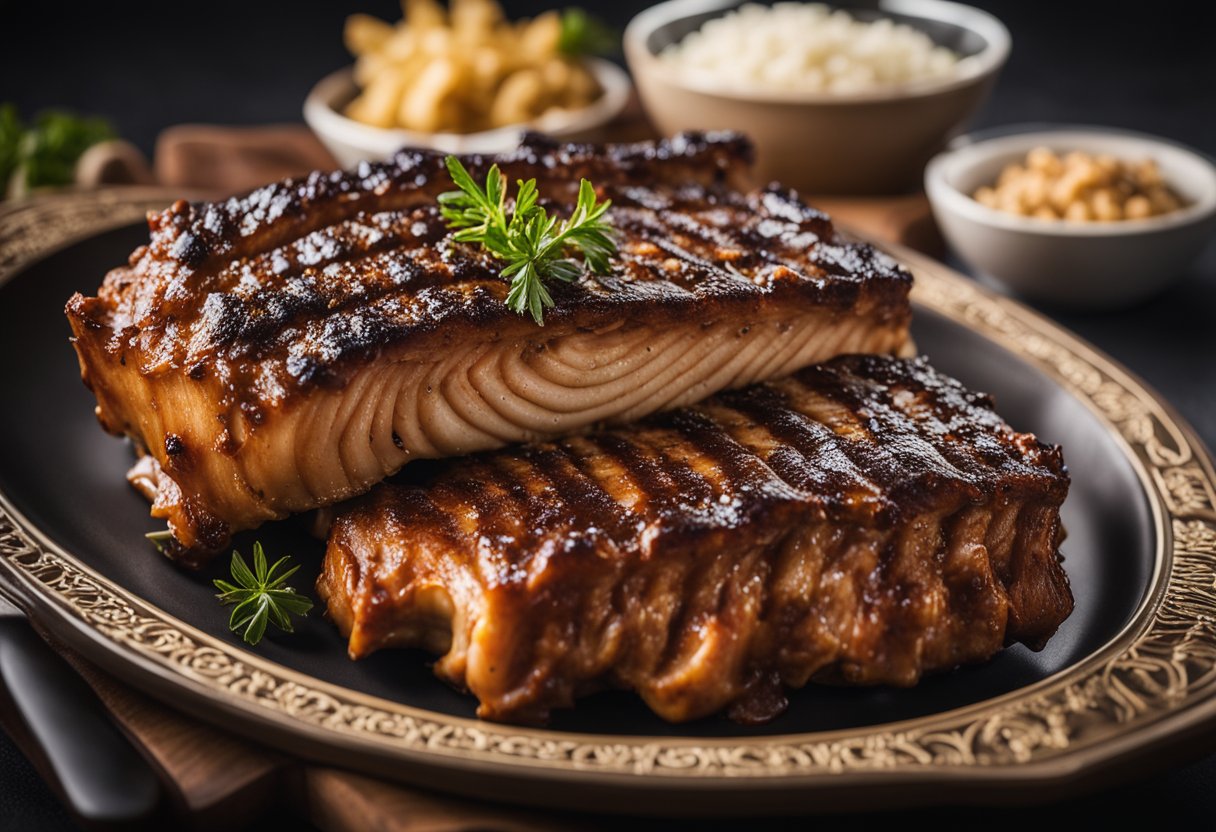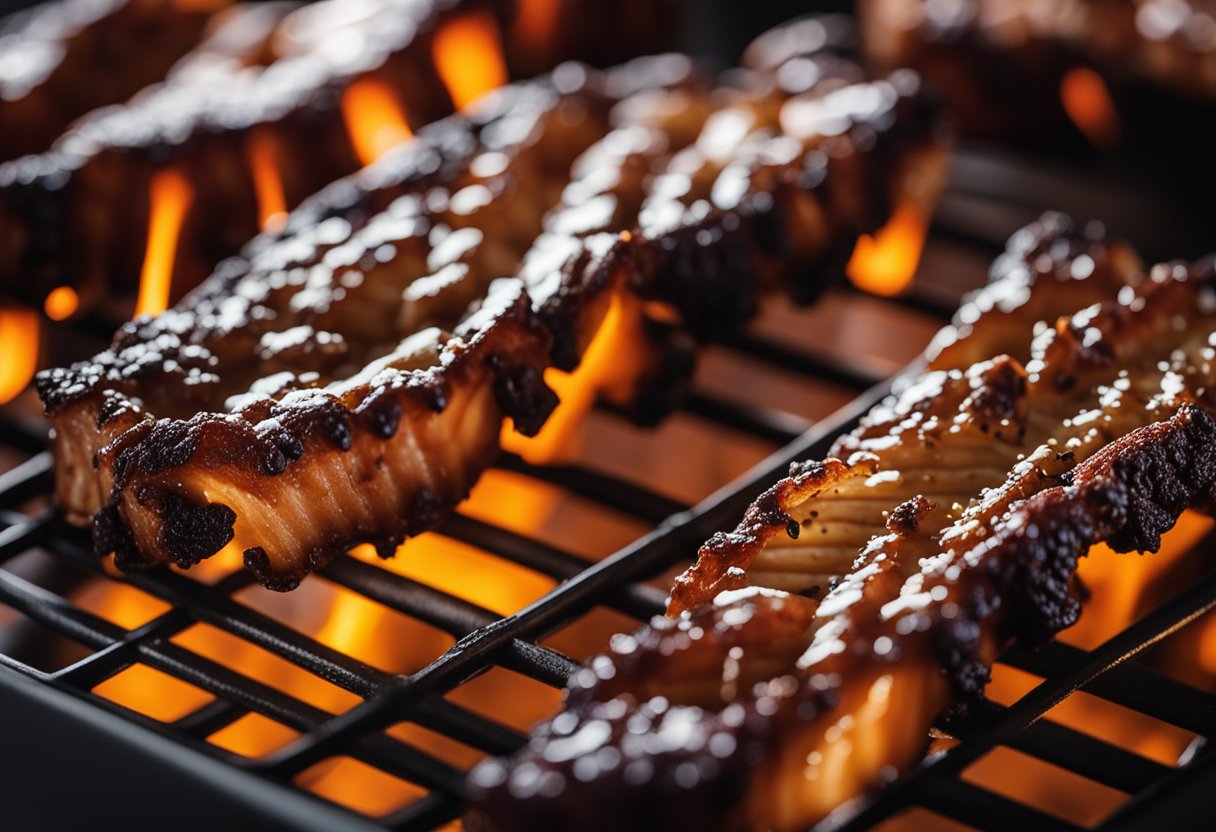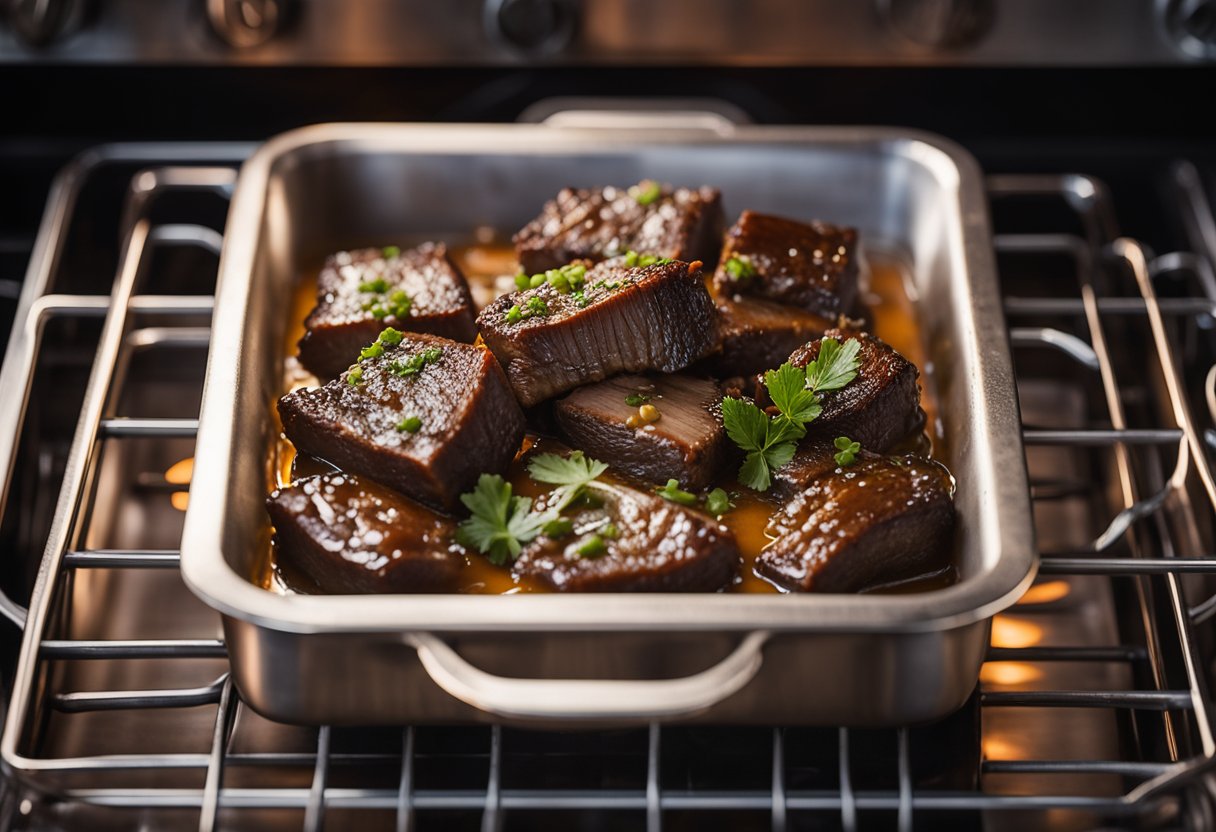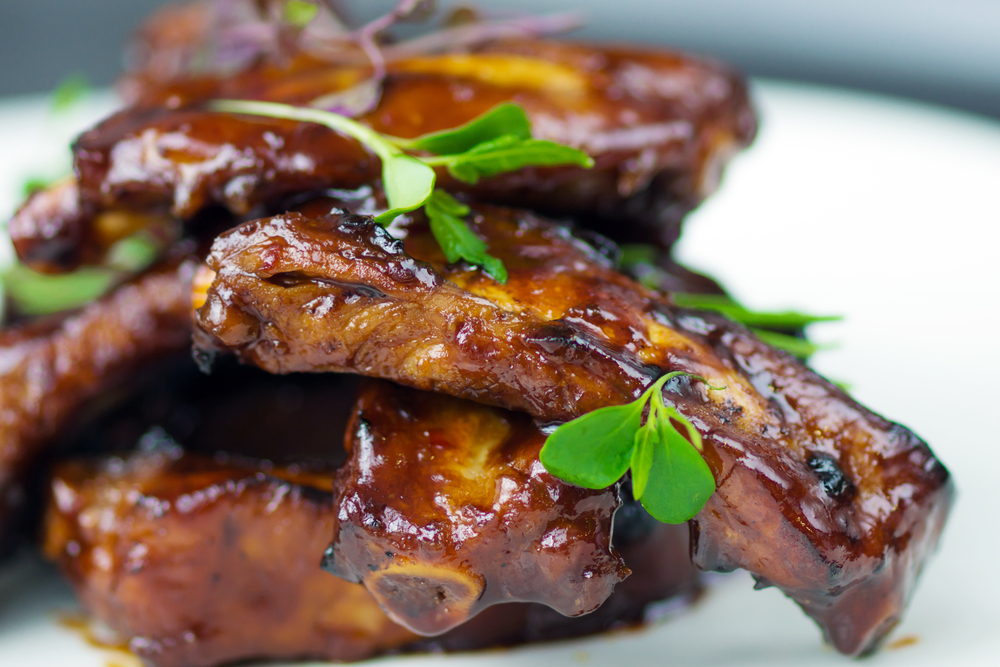For those unaware, there’s more than one kind of pork rib out there. As a matter of fact, there’s plenty of them! But whatever your flavor, you’re going to want to keep them on hand for the long haul. So the question is, how long can you freeze ribs?
Every variety of pork rib from spare rib to baby back should stay frozen for no more than six months, if raw. Cooked ribs cut the time in half, to about three months maximum.
This is speaking in general terms though. The optimal time can vary by quite a depending on the means of storage and the quality and cut of meat that you’re working with. This is backed up by the U.S. Department of Agriculture.
Which Type Of Rib Lasts The Longest?
Spare ribs and country-style ribs will tend to last longer on average. This is because they’ve got a lot more meat on the bone and so they don’t dry out too quickly.
Compare that to baby back ribs, which generally come with a lot less meat. So they can’t last in cold storage quite as long without losing their quality.
The best way to preserve the meat is a vacuum seal. A second layer of aluminum foil along with this will give you the max storage time.
If this isn’t possible, a freezer-safe ziploc bag isn’t a bad substitute and should hold you over for long enough.
When storing the ribs, regardless of which you’re going with, make sure to pad any sharp bony bits. This might otherwise have a risk of poking a hole through the plastic and we don’t want that.
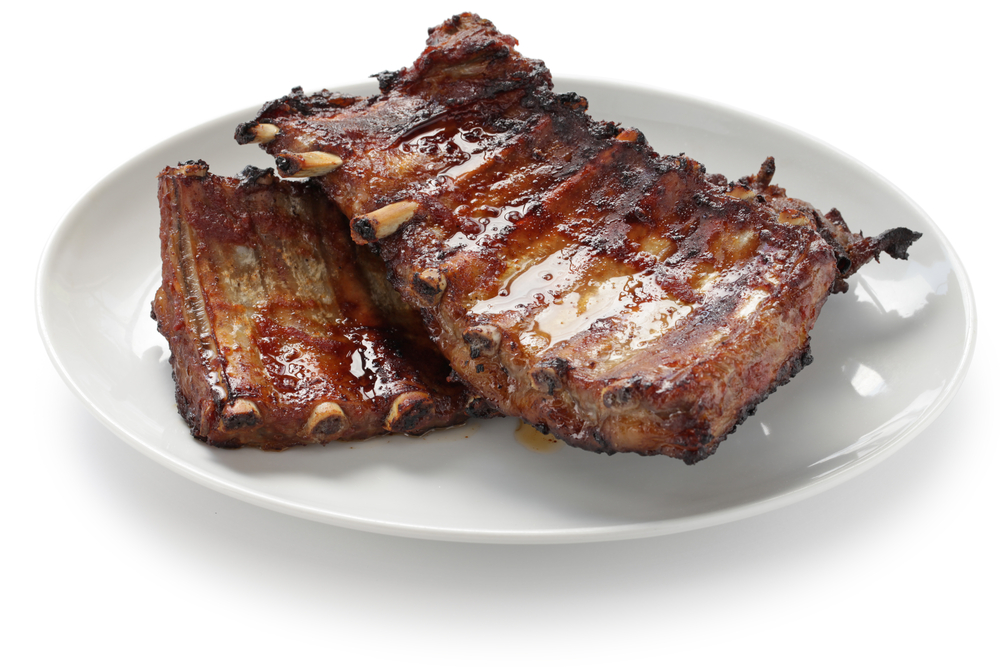
How To Identify Different Types Of Pork Ribs
The three major types of pork ribs are spare, country-style and baby back ribs. These will usually be properly labeled, but it’s not impossible for confusion to arise. So let’s make sure you know what cut you have by defining the differences.
Baby back ribs are sliced from the top of the rib cage, from near the backbone. They are the smallest of the lot, not much meat on the bone.
Rule of thumb is that the closer you get to the shoulders, the meatier the pig is.
So it’s no surprise then that spare ribs, which are always cut from the bottom, have a lot more meat than the baby backs, plus more cartilage and fat as well.
Country-style ribs are the meatiest by contrast, but also have the least amount of fat. That’s because they’re cut from the shoulder area.
You might be wondering where St. Louis style ribs fit in this equation. They’re often cited as the fourth major type of pork rib.
But the truth is that they’re just a spare rib, one that’s been diligently trimmed. As such, the same storage instructions should apply.
Why Don’t Pork Ribs Last As Long As Other Meats?
As laid out, the more meat on a rib, the better for its freezer storage. That’s because the more meat there is, the slower it is to dry out.
Keep in mind when you go out and buy pork ribs, about half of what you’re buying is the bone. Assuming of course you don’t go for specifically boneless ones, but those aren’t usually seen as worth buying anyhow.
What this means is that there’s less meat to a rib than you’d get with basically anything else. This and the fatty nature of most ribs means a higher risk of going bad quickly.
According to the American Meat Science Association, the more unsaturated fatty acids there are present in the fat, the higher the susceptibility to rancidity and oxidation.
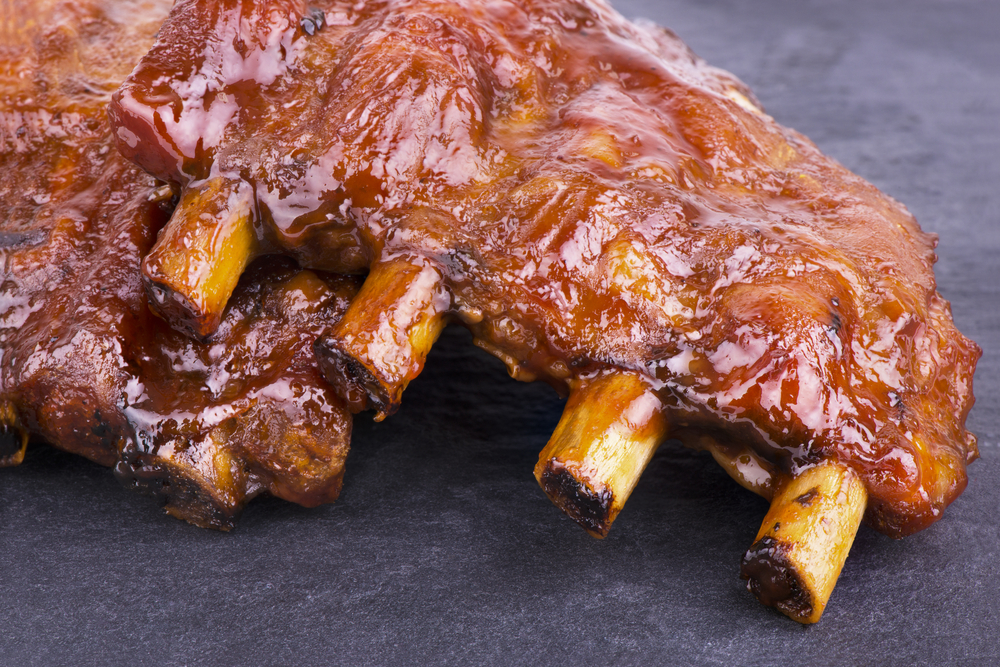
As such, pork being higher in these areas than other meats is a lot more perishable than something like beef or lamb.
And that spoilage is further accelerated by seasoning meats before freezing them. Salt in particular is discouraged in this part of the process, but of course cooking the meat in general makes this worse.
How To Know If Pork Has Gone Bad
You’ll know the meat is spoiled by a number of changes that it undertakes once it has expired. A noticeable difference in color is a telltale sign. A dull or grayish color means it’s gone bad.
The odor will most likely turn foul or funky. It might smell a bit like ammonia in this scenario. By that point it’s definitely too late and should be tossed out.
The texture can also turn, becoming sticky or slimy. Definitely not ideal.
Obviously you’ll want to detect the spoilage before tasting even a small bit of the meat. But if you bite into it and it tastes off, definitely avoid taking another bite!
Should You Deep Freeze Pork Ribs?
If at all possible, a deep freeze is recommended, that’s going to get you the best results. That will definitely allow you to get the max storage time of six months.
This is better than normal freezing thanks to the way rapid cooling preserves things.
The flavor, texture and nutritional benefits might wane a little in the meat even in the time it takes for it to freeze normally.
You can most likely make regular freezing work for the same time period, but the freshness won’t be preserved in quite the same way.
How To Deep Freeze Meat
To those unaware, deep freezing means setting your freezer to a very, very low temperature of around -30 degrees Celsius or less, or -22 degrees Fahrenheit.

Doing this will allow the food stored inside to reach its perfectly frozen state in around an hour. Compare this to a regular freezer, which might take a whole 24 hours to get the same result.
How To Store Pork Ribs In The Freezer
Now we’ll go over the two recommended methods for storing your ribs and how each process works.
Vacuum Sealing
If you’re looking to store ribs in the freezer, this is the best option if at all possible.
Of course the unfortunate part is that it requires the use of a vacuum sealer. This is a machine specially designed for this purpose and it might be costly.
If you do have a vacuum sealer, the process becomes quite simple. All you have to do is put the pork ribs in the plastic, then turn the sealer on to let it close the packaging up tight.
After this, wrap the package in a layer of heavy-duty aluminum foil. Doing all this will ensure that as little oxygen or moisture as possible will touch the meat.
Not only does that slow down the deterioration process, but it also helps ward off freezer burn. Plus, wrapping it like this will also help protect the meat from exposure to light.
The last step here is to label the package with today’s date, to ensure that you can track how long the meat has been frozen. Now you can set it in the freezer.
Step-By Step Instructions:
- If you don’t own a vacuum sealer, purchase one. This machine is necessary for this method.
- Place the pork ribs in the vacuum sealer’s plastic wrapping.
- Turn on the machine and let it suck the oxygen from the wrap.
- Remove the vacuum sealed wrap from the machine and wrap it up in aluminum foil.
- Label the package and freeze the meat.
Freezer-Safe Ziploc Bag
If you don’t have easy access to a vacuum sealer, fret not. There is a much cheaper alternative and one that should still get solid results.
A gallon-sized freezer-safe bag will do the trick. You can get a ton of these for a fraction of the price of a vacuum sealer.
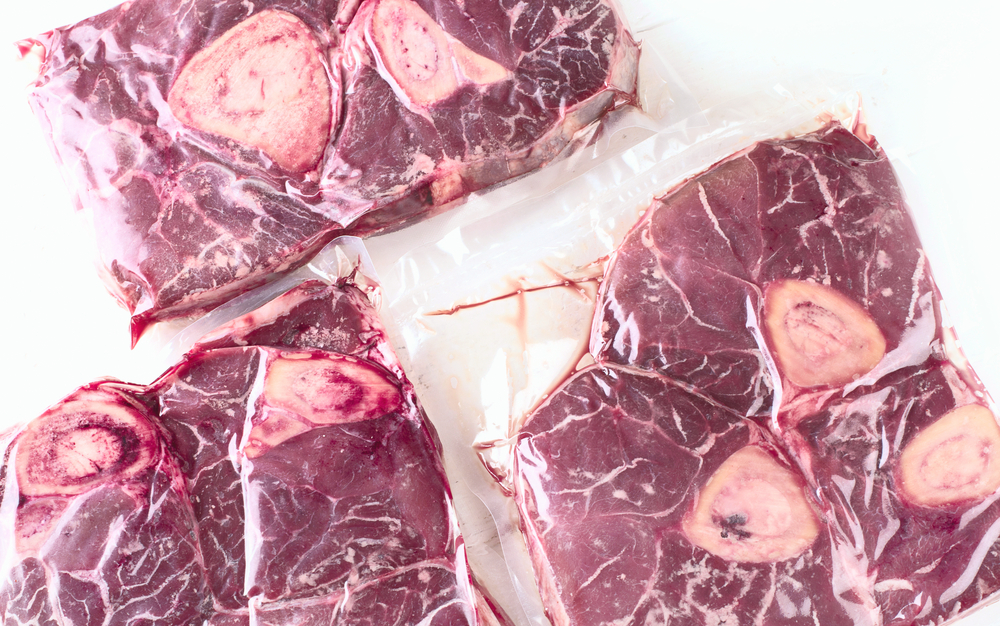
Place the ribs in the freezer-safe bag, then make sure that you remove as much air from it as possible. Repeatedly flatten the bag as best you can.
Fold over any of the excess plastic and then wrap it tightly in heavy-duty aluminum foil. Make sure the plastic doesn’t unfold during this.
From there, the end of the process is the same as before. Label the package and freeze the meat.
Step-By Step Instructions:
- Prepare a gallon-sized freezer-safe ziploc bag.
- Flatten and knead the bag to remove as much air from it as possible.
- Place the pork rib within the bag.
- If there’s any excess plastic (empty space in the bag) wrap it up.
- Wrap the package in a layer of aluminum foil.
- Label the package and freeze the meat.
Freezing Cooked Pork Ribs
Freezing ribs raw is the better option for keeping them in top notch condition for as long as possible. But of course that’s not always going to be an option.
If you find yourself preparing meat for a large party of people, there’s almost always going to be a lot of leftovers. It just comes with the territory.
Fortunately, cooked meat can still be frozen and the process isn’t that different from what we’ve laid out above.
There’s really only one major thing to remember: make sure the meat cools down BEFORE you freeze it. You don’t want to put warm food in there.
In this case, transfer the ribs into the fridge for a while. A couple of hours is plenty here.
After that, you can freeze the ribs using either of the two methods explained above. Just remember that cooked ribs will last about half as long as raw ones.
Keep in mind that ribs can last in the fridge for about three to five days. So the fridge is fine if you expect them to be eaten in that timeframe.
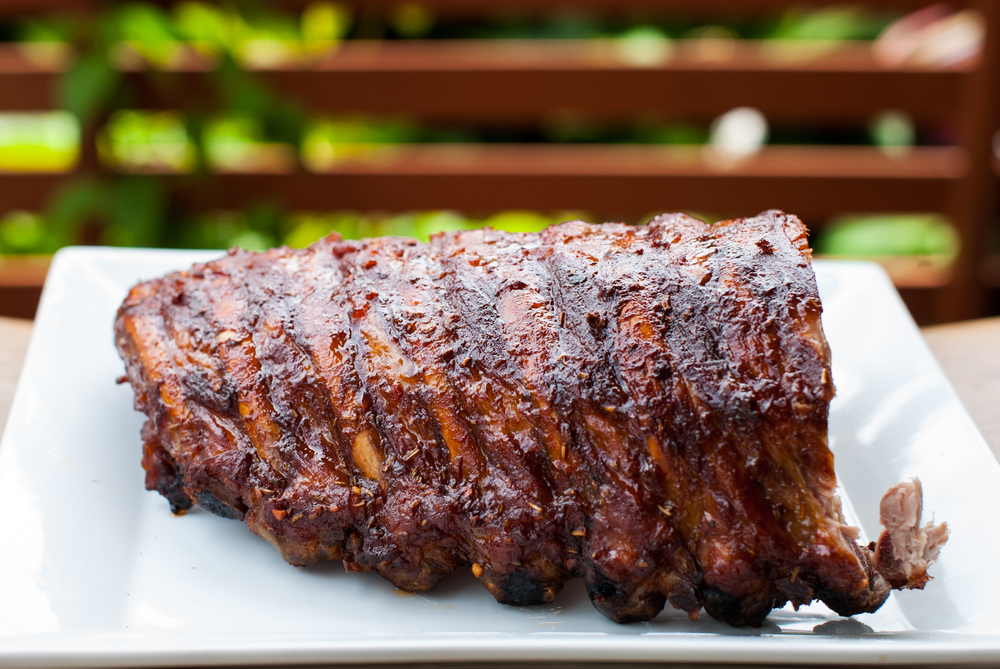
Further Advice On Properly Storing Pork Ribs In The Freezer:
Here now are some additional tips on how to properly store your pork ribs:
- Make sure that you freeze them before they reach their best-by date.
- Portion out sections for ease of thawing and cooking later. Be mindful of how much meat you expect to get from a specific type of rib when divvying out portions.
- As said, padding out sharp bones to prevent them from breaking through packaging is an important note. You can purchase meat bone guard sheets to achieve this.
- Always keep frozen meat at a steady zero degrees Celsius or 32 degrees Fahrenheit. If deep freezing, remember to adjust the temperature after the meat is frozen.
How Long Do You Boil Ribs Prior to Barbecuing?
This one is quick and easy to answer: the correct time is three minutes. That’s the proper time to tenderize the meat and lock the flavor in, but not so long that you risk robbing it of moisture.
How To Thaw Frozen Ribs
For the best results, you’ll want to plan ahead. The day before you intend to cook your frozen ribs, transfer them from the freezer to the fridge.
This method takes longer than thawing food out on the countertop, but is the best option for basically any situation. Thawing the food out gradually is best for retaining quality and minimizing spoilage.
Keep them in the fridge for a good 24 hours atleast before cooking and consuming them. Just remember that ribs last about three to five days in the fridge on average.
If you are in a hurry though, an alternative method is to take off the layer of foil and put the meat, still within it’s plastic wrap, in a bowl of cold water.
This requires a bit more maintenance as you’ll want to change out the water every thirty minutes to make sure it remains clean. Repeat the process until the ribs are no longer frozen.

How To Prepare Thawed Out Ribs
Make sure to take the ribs out from their packaging. The wrapping that you used for the freezing process has done its job, and let’s hope it has done that job well!
From there, go ahead and season the ribs to your liking. Remember, seasoning them BEFORE the freezing process will cut down the amount of time they can last in the cold. Season them now instead.
In particular you’ll probably want to add some sauce to the baby back ribs so they can maintain a proper level of moisture.
Some amount of moisture loss during the freezing and thawing process is hard to avoid and should be compensated for. Otherwise the ribs can dry out quickly.
Now then, wrap up the ribs in a sheet of heavy-duty aluminum foil. (A new one – don’t re-use the one you just took off!) From there, you can move on to cooking.
Also, check out some similar posts:
In Conclusion…
You can see that the length of time a rib can last in the freezer can vary depending on the cut of meat in question, as well as the storage method that you choose.
However the general rule of thumb is that raw ribs can last five to six months in the freezer, while cooked ones can last two to three. And keep in mind that smaller cuts don’t last as long.


